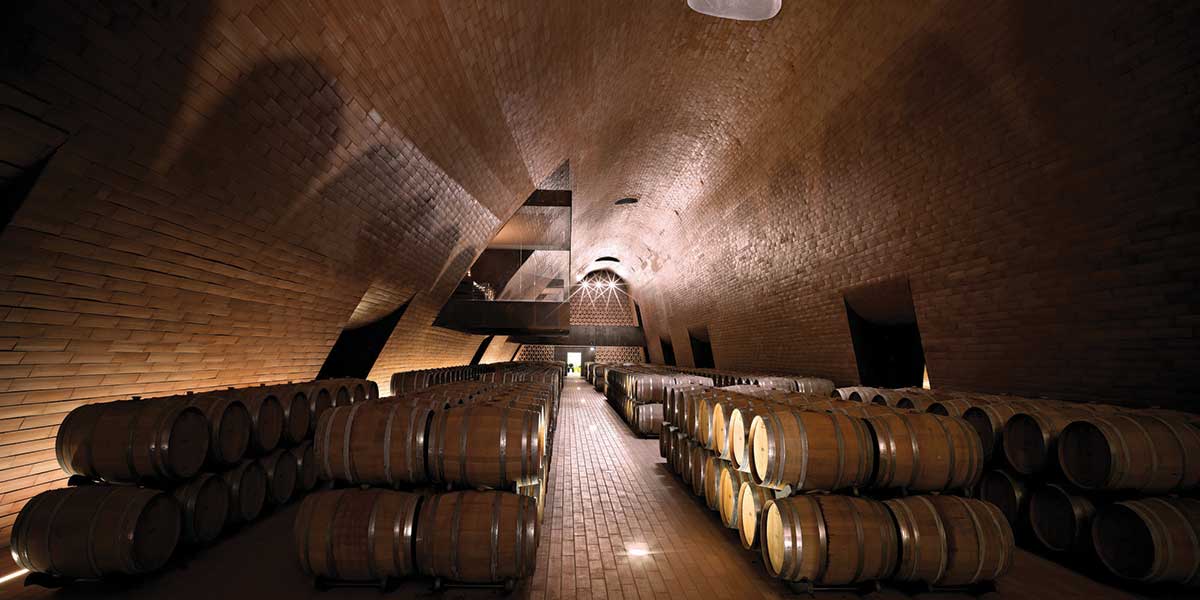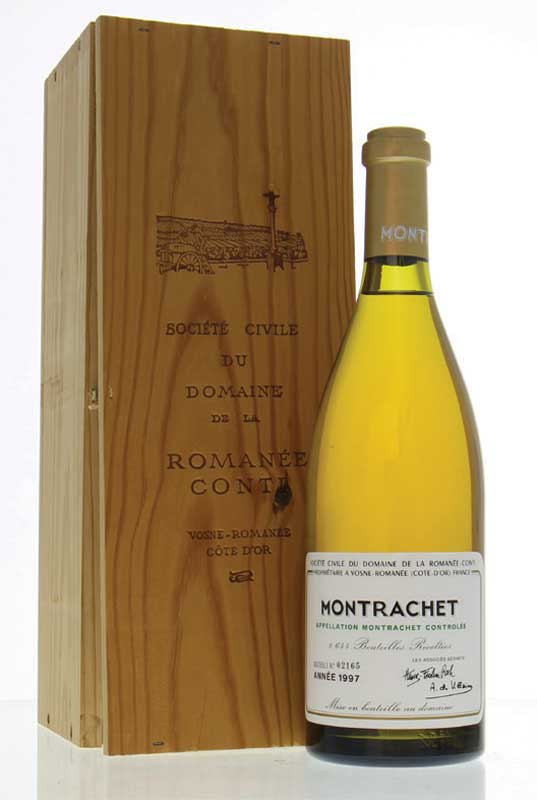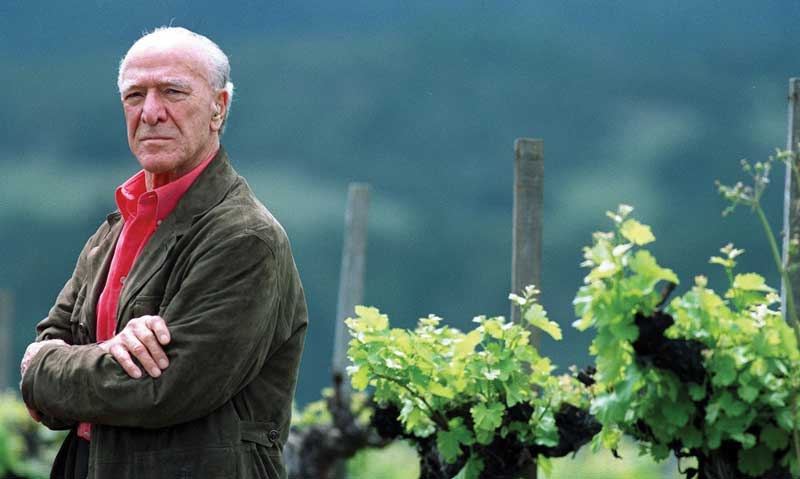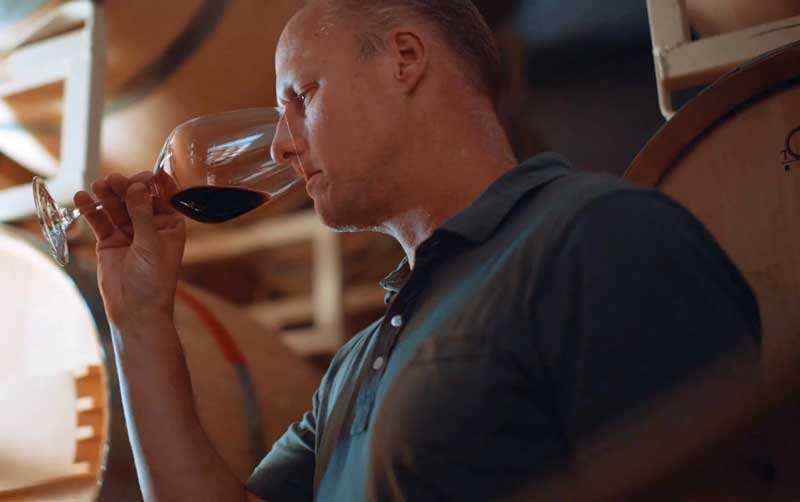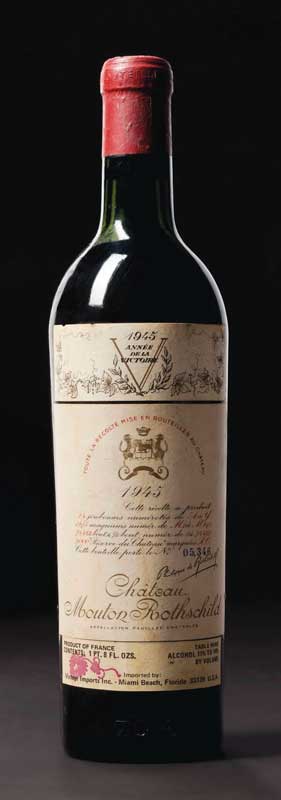Three important aspects of the fame that surrounds a bottle of wine are the economic value, the man behind the label, and the novelty in the market.
How many times have Amura readers clinked their flute-like glasses and toasted with Dom Pérignon champagne? At other times, they have toasted with a Merlot whose label highlights Petrus Pomerol from the Loubat family, which is usually indifferent to the French classification, but has earned a place as one of the most prestigious wines in France. These labels are aged in the mind for their oenological constancy and remain in the palate.
This is not only due to the longevity of a winery, sometimes it is the result of the marketing work and the repetition of specialized magazines to create a counterweight in the wine industry, with lists of the best vintages of each country or region, according to a conscientious tasting by the critics.
On this occasion, we show three important aspects of the fame that surrounds a bottle of wine: the economic value, the man behind the label, and the novelty in the market.
Show me the money
It is becoming increasingly clear that wine should never be judged by its price. France makes it clear that the wines it produces have a quality standard that increases the cost, as is the case with Domaine de la Romanee-Conti Montrachet Grand Cru. This 100% Chardonnay white wine has been one of the labels most highly valued by Sotheby's auction house, which in 2021 offered a lot of 11 bottles (vintage 1978) for more than 150,000 dollars.
This Grand Cru, which pairs excellently with Bresse-raised chicken breasts truffled with basmati rice and foie gras, comes from the Appellation d'origine contrôlée de Montrachet, which has a production area of 23.6 acres, which is very small compared to the more than 166.6 acres of the Rioja Appellation d'Origine Calificada (DOCa). This French Grand Cru is made from Chardonnay grapes grown between Ladoix-Serrigny and the slopes of Maranges, in the Côte de Beaune wine region, where the Domaine de la Romanee-Conti is located, which cultivates this grape variety on a little less than 3 acres; its annual harvest exceeds 4 thousand bottles in some years. Those who have been lucky enough to taste the white wine comment that they perceive a garden of white flowers on the nose. The fruity essence is characterized by green apple combined with honey, with hints of smoked nuts.
The expert
Wines cannot be positioned only by their quality and prestige; they need someone to sell them in the international market, to be the spokesman of a territory, of a region, and for this, in the United States the position of the winemaker, who may or may not be the winemaker, is very well defined. On this point, it is obligatory to talk about Robert Mondavi (1913-2008), an economist, a Stanford graduate, and born in Minnesota native who managed to position Californian wines from Napa Valley as symbols of excellence, even comparing them to those produced in France. Loyal perseverance, which Mondavi himself translated as "passion".
Connoisseurs know that the Robert Mondavi winery has been part of Constellation Brands Company since 2004; but in the complicated decade of the 1980, wine marketing was a challenge and this visionary knew that if winemaking was effective, he could create premium beverages in Napa Valley, California. Among his major goals was to have one that was perfectly in tune with the dishes.
"The greatest achievement is a wine that is balanced and harmonious with the food," Mondavi said. For this man obsessed with pleasure, the best pairing was pasta with a good Cabernet Sauvignon.
The path left by Robert Mondavi has been used quite intelligently. At this time, Thomas Rivers Brown is mentioned, who does not cease to generate winemaking projects. He stayed on to work for Shrader Cellars, a subsidiary of Constellation Brands, and has developed several Cabernets; he works as a consultant for the development of wine lines for winery owners who have been stars of the show business or NFL executives. Thomas Rivers Brown's labels are elegant reds that rest well in barrels, revealing a Burgundian essence that has made a name for itself in California.
By discovery
The oenophile is always thirsty for new vintages. In 2023, Mexican wine will be much talked about after the 43rd edition of the World Congress of Vine and Wine, held in Baja California, with oenology master conferences. Representatives from Mexico's 14 wine-producing states had the opportunity to showcase their various bottles that traveled to foreign destinations.
Wine production in Mexico –there is talk of 400 wineries– is concentrated in central and northern Mexico, and since they are located in France, they work –mostly– with limited editions. Nevertheless, the National Catalog of Plant Varieties of the National Service for the Inspection and Certification of Seeds (SNICS) indicates that 82 grape varieties are produced.
Cava Quintanilla is located in the municipality of Moctezuma, in San Luis Potosi, where the Nebbiolo grape (a certified Italian clone) grows under a semi-desert climate and is used to make the reserve red wine, which is for 12 months in French oak barrels. The aromatic profile of this wine is largely due to the clay soil with high mineral content. Likewise, in the municipality of Soledad, in the semi-desert climate of Potosí, the Pozo de Luna winery has cultivated the red varieties Cabernet Sauvignon, Merlot, Syrah, and Malbec, from which it has produced varietals and a tri-varietal that express personality and elegance; both are a reflection of the winemaking experience of a Mexican, Dr. Joaquín Madero Tamargo. Do you want to confirm the quality?
Texto: ± Foto: ADSTTC, boper scred, BESTO OF WINES, ELSEVEIVER STOKMANS, NAF, ft, NAPA VALLEY

